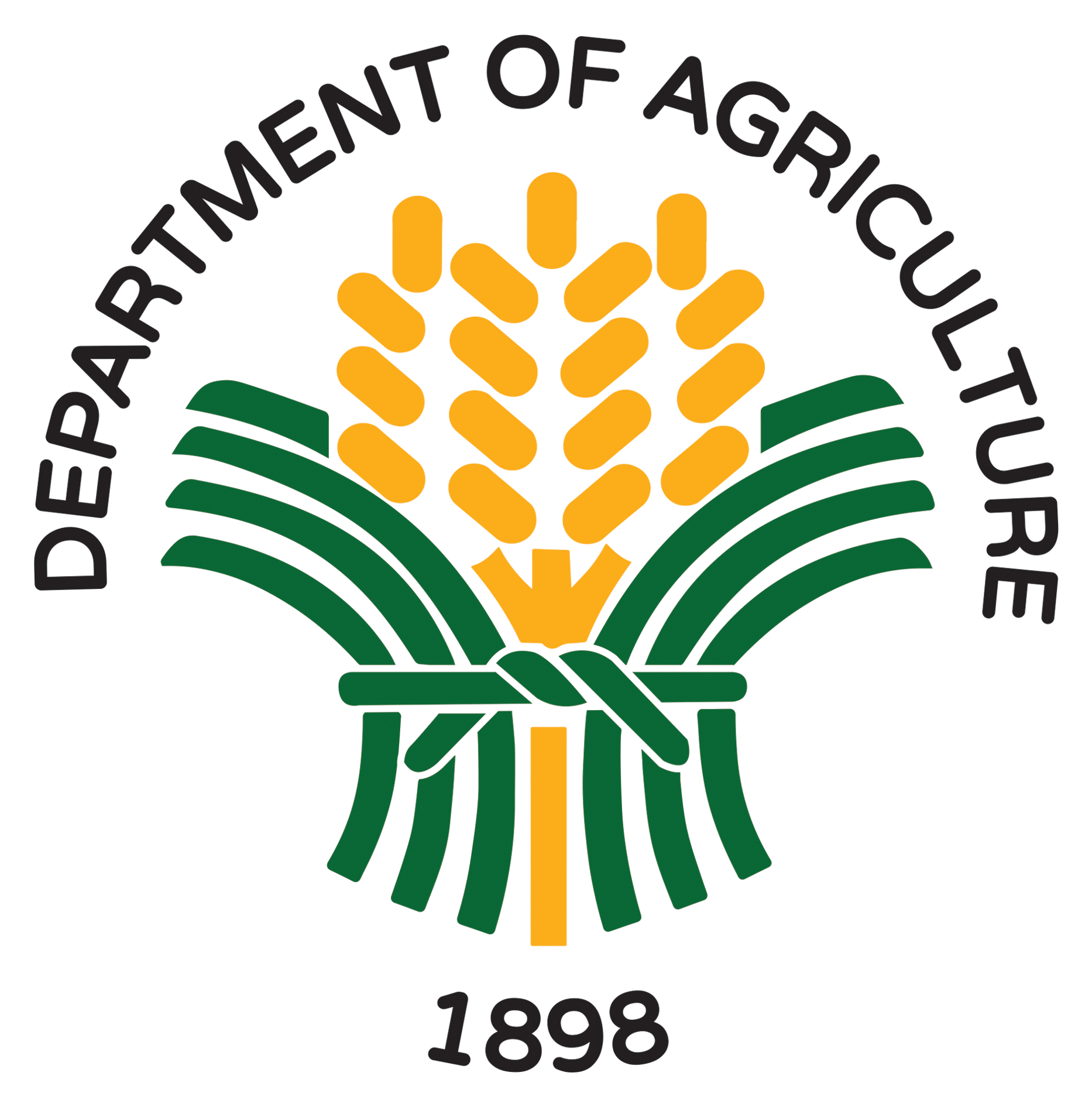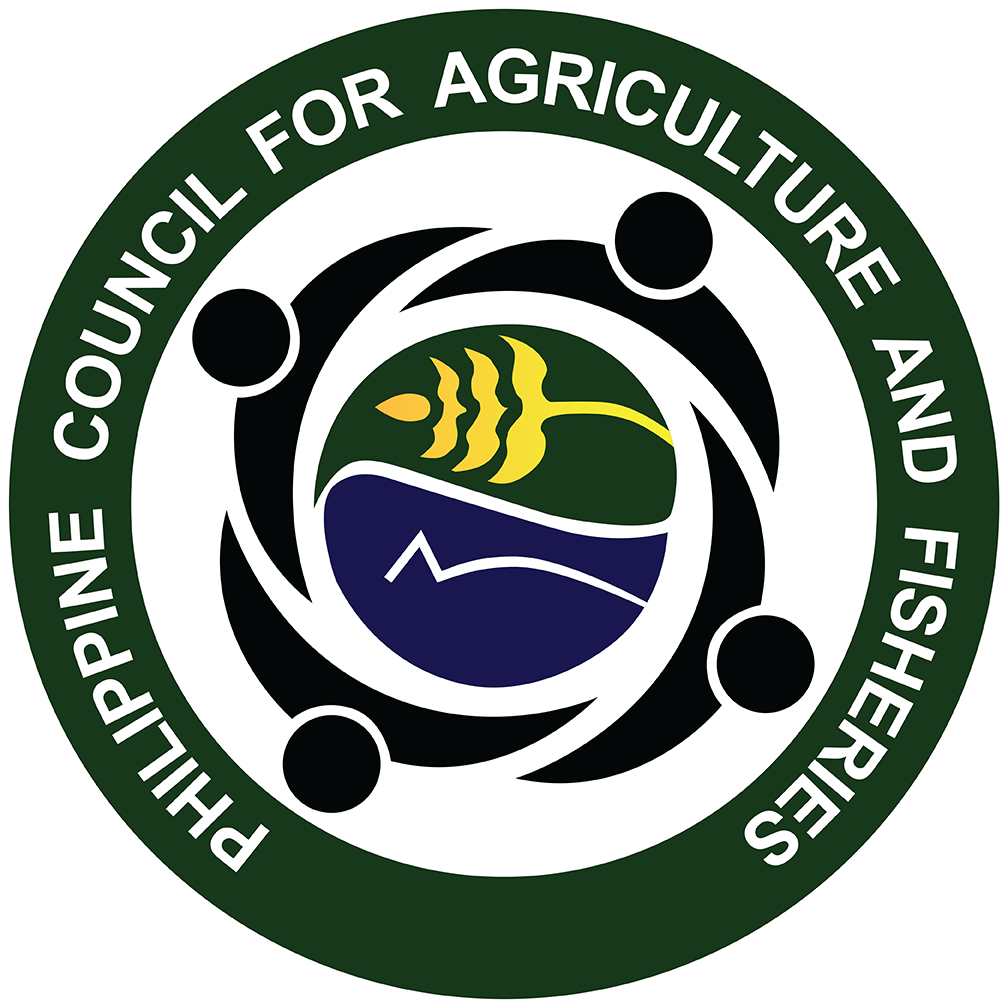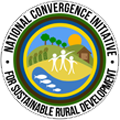
In the special meeting of the National Sectoral Committee (NSC) on Rice and Other Food Staples on March 11, 2024, the private sectors highlighted the importance of proper project monitoring and convergence among the Department of Agriculture’s (DA) rice-related offices and agencies.
The call was raised after DA-National Rice Program (DA-NRP), Philippine Rice Research Institute (PhilRice), National Food Authority (NFA), and National Irrigation Administration (NIA) presented their Fiscal Year 2025 Plan and Budget Proposal as part of DA’s commitment to enhance private sector participation in budget preparation.
The proposals from the four agencies are aligned with the Department’s three-year plan of “Para sa Masaganang Bagong Pilipinas”.
The series of consultations is part of DA’s enhanced planning process or procedure which taps the Philippine Council for Agriculture and Fisheries’ (PCAF) Regional Agricultural and Fishery Councils and the National Sectoral Committees (NSCs) to review the FY 2025 proposed budget of the agencies and offices related to their Committee or Council. In the special meeting, the CBs will recommend priority programs and projects and pass policy resolutions.
“Aside from proper management, DA should strengthen its monitoring efforts and the convergence of agencies to complement existing and available programs,” said Philippine Rice Industry Stakeholders Movement’s (PRISM) founder and lead convenor Rowena Sandico.
PRISM’s Sandico presided over the Special Meeting of the NSC on Rice as part of PCAF’s celebration of National Women’s Month, where women committee members will serve as presiding officers for the entire March consultations.
Federation of Free Farmers, Inc. National Manager Raul Montemayor inquired on the utilization of the previous projects and programs with regards to the rice industry. He emphasized the need to analyze the impact of these programs to prevent repeating the mistakes and ensure efficient budget allocation.
“Are we becoming competitive? We would like to know what are the programs or strategies in 2023 na pwede ninyong masabi na makakapag-improve ng lagay ng industriya na pwedeng isama sa 2025 budget. At kung ano pa yung mga pagbabago na pwedeng isama?” said Montemayor.
DA National Rice Industry Development Program Undersecretary Christopher Morales agreed with the private sectors on the convergence of different agencies. He said that with proper coordination with the agencies, programs and projects would be implemented properly.
Usec. Morales also said that they are trying to focus on long-term investments that could improve the industry.
For the DA-NRP, the proposed budget was divided into five strategies. The first strategy is to “expand and improve available agri-fishery areas for increased production” with PhP25.78Billion (B) proposed budget; while the second is to “mechanize and modernize agri-fishery production systems” with PhP1.20B.
The third strategy is to “develop and improve post-harvest systems and infrastructure” with PhP235.75 Million (M); while the fourth is “science and information-driven decision making through digitization” with PhP540.69M, and “strong partnerships with farmers, fisherfolks, private sector, and other stakeholders” with PhP2.33B.
On the other hand, PhilRice proposed approximately PhP690M, with the highest budget allocated on the second strategy to mechanize and modernize the industry at PhP56.47M.
For the PhilRice Rice Competitiveness Enhancement Fund (RCEF) Seed Program, a total of PhP4B was proposed, or 33% higher than the approved FY 2024 General Appropriations Act.
“We are asking for the support of the NSC on Rice and PCAF to come up with a resolution to support the continuation of the RCEF Seed Program,” said PhilRice RCEF Program Management Office Director Flordeliza Bordey.
The NFA proposed a budget of roughly PhP1.8B. PhP623.174M of this is allocated for a strategy that leverages “science and information-driven decision making through digitization.”
This includes the adoption, implementation and deployment of satellite-based technologies in NFA, construction of NFA command centers and disaster recovery site, network infrastructure rehabilitation and upgrade, among others. The agency also focused on major rehabilitation of post-harvest facilities nationwide. | Jezebel Campaniel











